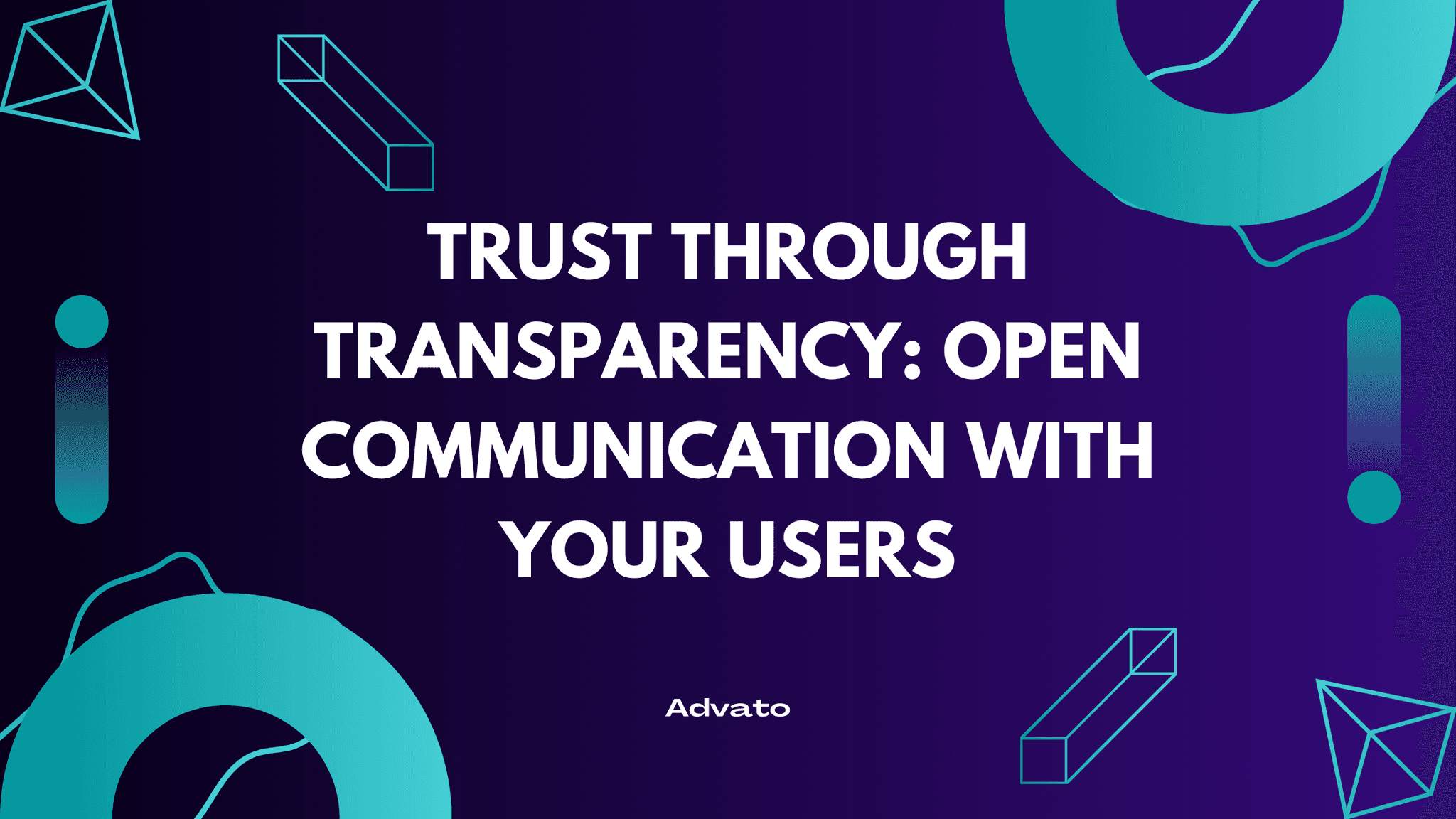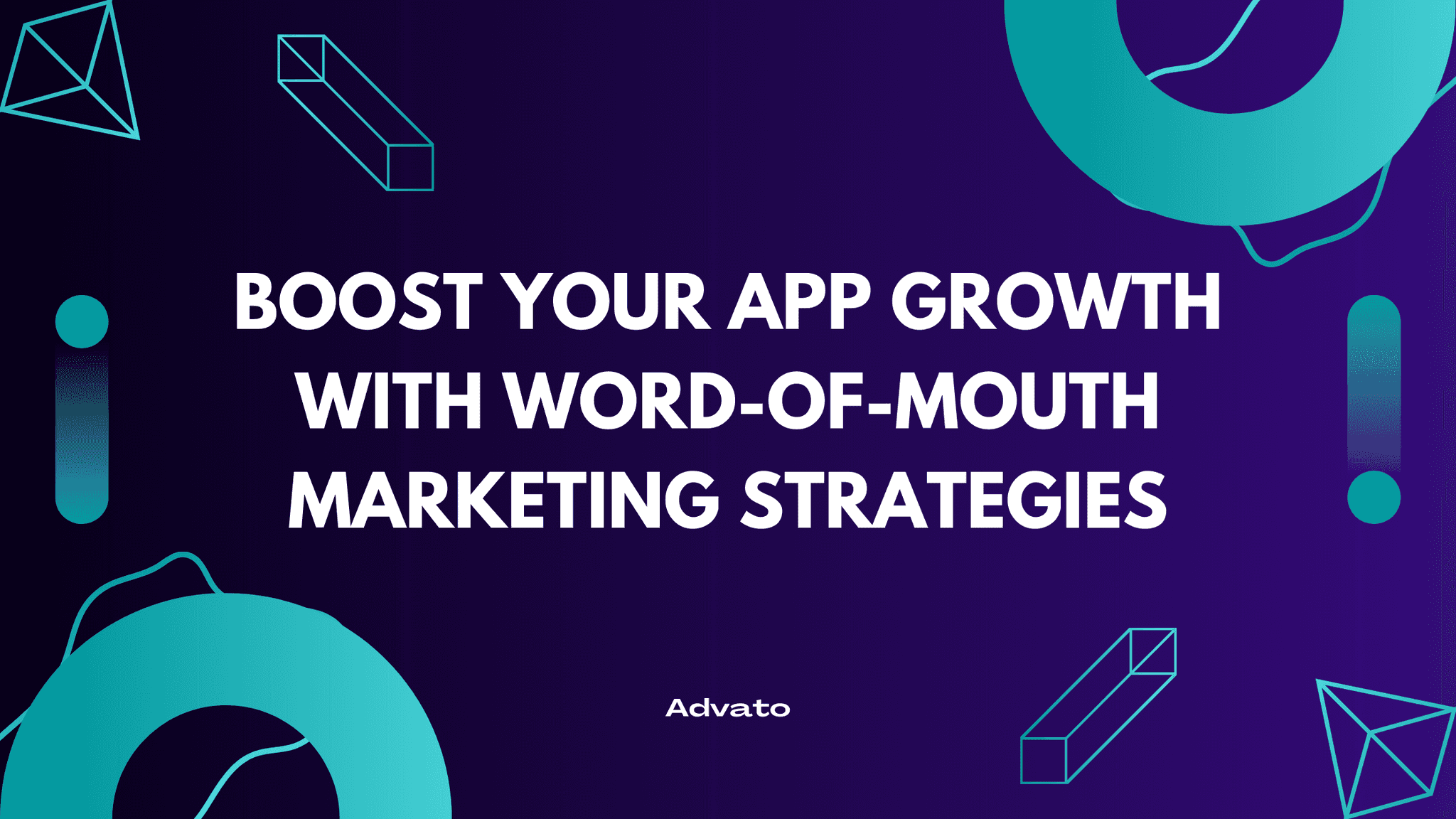Sep 14, 2024
In the competitive world of mobile apps, your app's description is often the first impression potential users have of your product. A well-crafted app description can be the difference between a user hitting "Install" or scrolling past your app. In this guide, we'll explore the art and science of writing app descriptions that not only inform but also persuade users to give your app a try.
Why Your App Description Matters
Your app description is more than just a summary of features. It's a powerful marketing tool that can:
Improve your app store optimization (ASO)
Convince potential users of your app's value
Set accurate expectations for user experience
Differentiate your app from competitors
Let's dive into the key elements of a compelling app description that drives installs.
Start with a Bang
The opening line of your app description is crucial. It needs to grab attention and convey your app's core value proposition in a concise, compelling way. Here are some tips:
Keep it under 80 characters (visible in search results)
Address the user's primary pain point or desire
Use action words to create excitement
Example: "Transform your photos into stunning works of art with just one tap!"
Highlight Key Features and Benefits
After hooking the reader, it's time to dive into what makes your app special. Focus on the features that solve user problems or provide unique experiences. Remember to translate features into benefits:
Feature: Advanced photo filters
Benefit: Create professional-looking images in seconds
Pro tip: Use bullet points or short paragraphs to make this section easy to scan.
Incorporate Social Proof
Users trust other users. If you have impressive stats, awards, or positive press, include them in your description. For example:
"Loved by over 1 million users worldwide"
"Featured as App of the Day in the App Store"
"As seen in TechCrunch and The Verge"
Use Keywords Strategically
While readability is paramount, strategic use of keywords can boost your app's visibility in store searches. Research relevant keywords for your app category and naturally incorporate them into your description. Focus on:
App functionality
User benefits
Category-specific terms
Remember, keyword stuffing can hurt readability and potentially violate store guidelines. Aim for a natural flow.
Call-to-Action (CTA)
End your description with a strong call-to-action. Encourage users to download your app and start benefiting from it immediately. Examples:
"Download now and start creating amazing photos today!"
"Join millions of happy users – install our app for free!"
Localize for Global Appeal
If you're targeting a global audience, consider localizing your app description for different markets. This doesn't just mean translation – adapt your messaging to resonate with local cultures and preferences.
Keep It Updated
The app marketplace is dynamic. Regularly update your description to reflect new features, address user feedback, or align with current trends. This shows that your app is actively maintained and evolving.
Optimize for Readability
A wall of text can be off-putting. Make your description easy to read:
Use short paragraphs
Incorporate subheadings
Include emojis (if appropriate for your brand) to break up text
Utilize formatting options (bold, italics) if available
Address Potential Concerns
If your app requires certain permissions or has specific requirements, address these proactively. This builds trust and reduces negative reviews from users who installed without understanding these aspects.
Showcase Visual Elements
If the app store allows, incorporate screenshots or video previews in your description. Visual elements can be incredibly persuasive and give users a clear idea of what to expect.
Highlight Your Unique Selling Proposition (USP)
What makes your app different from others in its category? Whether it's a unique feature, exceptional user experience, or innovative approach, make sure this stands out in your description.
Use A/B Testing
Writing the perfect app description often involves some trial and error. Many app stores offer A/B testing tools for descriptions. Use these to experiment with different approaches and see what resonates best with your audience.
Leverage User Acquisition Tools
While a great app description is crucial, it's just one part of your user acquisition strategy. Consider using specialized tools to supercharge your growth. For instance, Advato offers an easy way to implement and grow referrals in mobile apps. By leveraging the power of word-of-mouth marketing, you can acquire high-quality users at a lower cost, complementing the efforts of your well-crafted app description.
Conclusion
Crafting an effective app description is both an art and a science. It requires a deep understanding of your target audience, clear communication of your app's value, and strategic use of keywords and formatting. By following these guidelines and continuously refining your approach based on user feedback and performance data, you can create an app description that not only drives installs but also sets the stage for long-term user engagement and satisfaction.
Remember, your app description is often the first step in your user's journey with your product. Make it count!


